4 Kind Bar Straightening: Round, Flat, TMT, Square
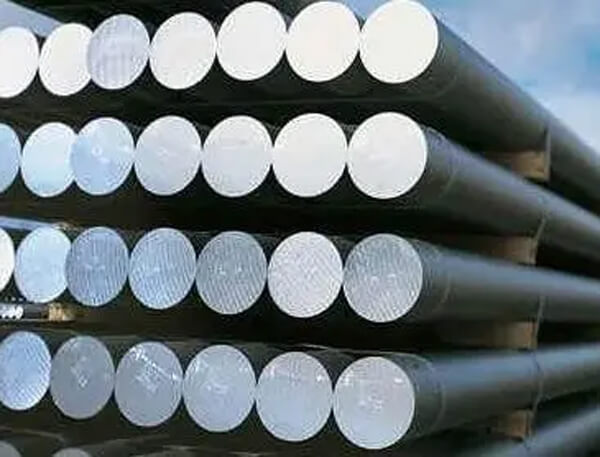
Due to insufficient control means and procedures in steel rolling and cooling, the unavoidable impact and extrusion in transportation, and a number of other causes, a variety of size inadequacies will eventually occur.
Straightening’s main purpose is to eliminate residual stress, up and down bending, side bending, torsion, and other flaws, as well as to avoid gnawing, correction cracks, and correction markings, among other things.
In this article, we have discussed several types of bar straightening machines.
Contents
Round Bar Straightening Machine
The round bar straightening machine is primarily used to efficiently straighten bent and twisted round metal rods or pipes with specified wall thickness. It can work with both nonferrous metal and non-metal square rods. Pre-straightening should be applied before peeling if the straightness of the raw materials is greater than 1.5mm/m.
- The straightening machine has three different structures: two-beam and four-column, pre-stressed type, and frame type. The straightness of completed items might be 0.250.4mm/m after straightening. The roughness of the surface is less than 1 m. Both manual and mechanized transportation mechanisms are available.
- It offers a superior straightening effect and may be used on high-strength materials. Straightening rollers can be changed to a predetermined angle. Linear friction between straightening rolls and rods is ensured by the hyperbola of top and bottom uneven rolls.
- To maintain a constant pace, infinitely variable speed is used. Straightening rollers’ working life is extended by cooling and lubricating them. Straightening rollers are positioned vertically and have a higher straightening force, making them more maintenance friendly.
- Automated straighteners, which come in a variety of sizes, may treat laminated, forged, or turned round bars (according to workpiece section and length).
Flat Bar Straightening Machine
A flat-bar straightening machine has the following components and it works like that:
- A basic decoiler: Load the coils and then uncoil them. The square shaft (120×120) design is used. 3T loading capacity
- Straightening rollers: It’s made up of two pinch rollers and five levelling rollers. Two pinch rollers may remove a portion of the bur after shearing, while five levelling rollers pre-level the plate to make it easier to feed the flat bar. Without electricity, the rollers have a diameter of 90mm (roller surface width of 120mm). The rolling bearing is used to support both sides of the rollers.
- Extrusion and chamfering machine: Its function is to chamfer and edge using ten standing rollers separated into five groups that push and squeeze each side. A 2-roller mechanism is also included in this area to keep the bar from leaping and straightening it for the following procedure.
- Device for pinching and pressing rollers: It uses the same motor as the flat surface straightener. It uses a fair transmission ratio and a gear distribution box to achieve synchronous speed. The two rollers have a diameter of 180mm (roller surface width 120mm) and are used to pinch, press, and polish the surface.
- Straightener for flat surfaces: It has a 22KW frequency converter control motor with a 400 decelerator, two pinch rollers, and eleven levelling rollers to keep the flat bar level and flat. The motor is now controlled via frequency conversion, which is less expensive and provides ideal speed and length.
- Reception table with a fixed length: The table can accommodate up to a 6 m length bar. The length of the fixed length may be adjusted by the client using a touch screen.
- Electrical control system: The whole line is controlled centrally, and has a main operation table with length adjustment, digital display, automated counting, high and low speed adjustment, manual feeding, automatic feeding, continuous shear, and fault alert. It is controlled via an LCD panel in PLC control mode.
TMT Bar Straightening Machine
These TMT rebar straightening machines can straighten various TMT steel bars with diameters from 4 – 14mm. TMT rebars are steel bars that are used for the construction of buildings and other concrete structures like bridges, dams, etc. Concrete has good compressive strength but poor tensile strength and that’s why TMT bars are needed to reinforce the cement/concrete. The ribs on the surface of the TMT provide enhanced anchorage in concrete structures so as to hold it in place and avoid slippage of the concrete materials from the reinforced bars. It has the following main components:
- Heavy Duty Roller & Bushes: Bushes of varying diameters are used for TMT bars of varied sizes. A straightening procedure is performed with a heavy-duty roller.
- Switches for forward and reverse: For ease of use, a forward and reverse switch is provided.
- Bevel Helical Gearbox: With 90 percent of input energy transfer, the Helical Bevel gear box provides remarkable power transmission efficiency. High torque and low load inertia, along with steady speed decrease, provide gearboxes a longer life without jerks.
- Heavy-Duty Tires: For simple movement of the equipment, heavy-duty wheels are employed.
- Hand-chopping machine for cutting bars: For easy entry into the bush, the damaged end of the rod is chopped with a manual bar-chopping machine.
- Screw for changing pressure: The pressure adjustment screw is used to modify the rod’s pressure while it is in use.
- Pedal with your foot: The machine is only operative while the foot pedal is pushed; as the foot is withdrawn, the machine shuts down, ensuring safe operation. It also has a foot shield for further protection against dangers on construction sites.
Square Bar Straightening Machine
The optimum choice for a mix of round, square, and rectangular workpieces is a Twin straightener with forces up to 4000 tonnes.
Straightening of workpieces with diverse geometries (round, square, rectangular) as well as measuring and straightening along the whole length, including extremities, is possible using twin straightening machines that apply horizontal force.
The working mechanism for this straightening machine is quite similar to the round bar straightening machine.
Conclusions
To sum it up, in this article we have discussed straightening machines for four types of bars: flat, TMT, square, and round. All the machines have quite similar working principles except in the case of a flat bare straightening machine.
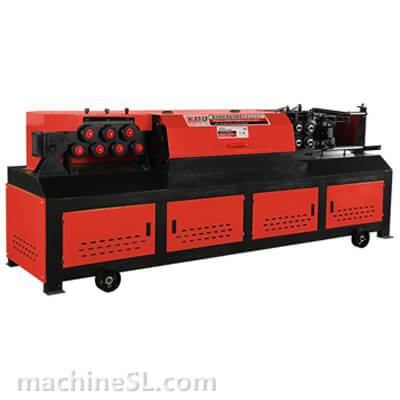
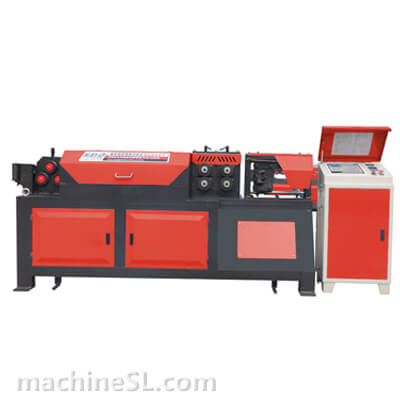
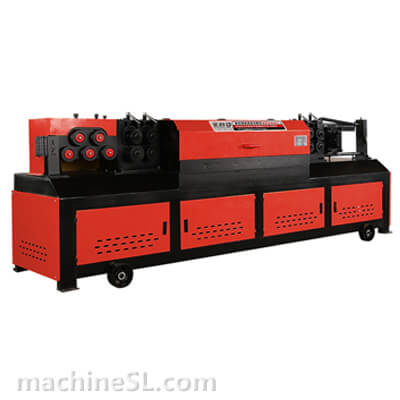
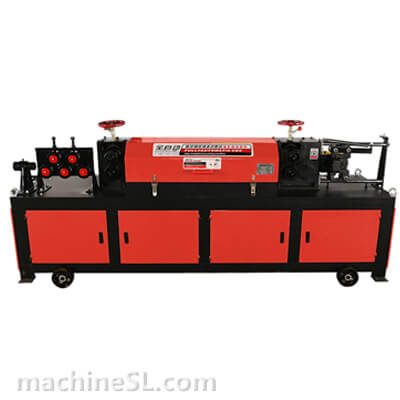
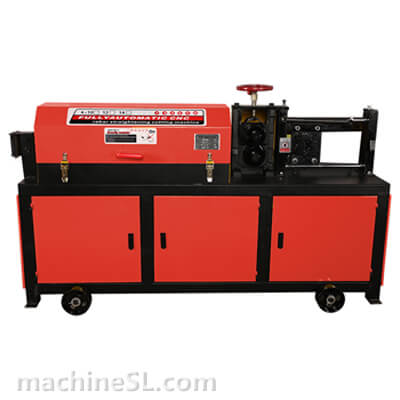
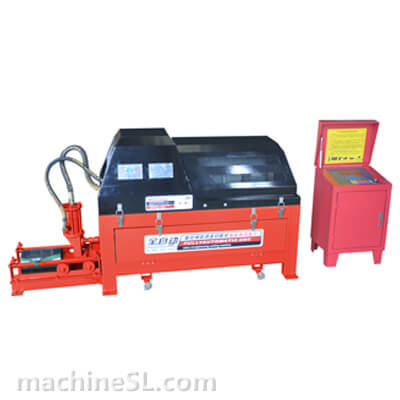
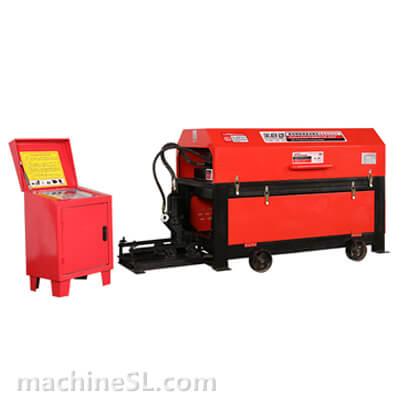
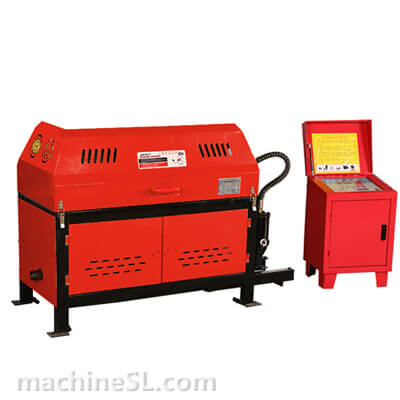
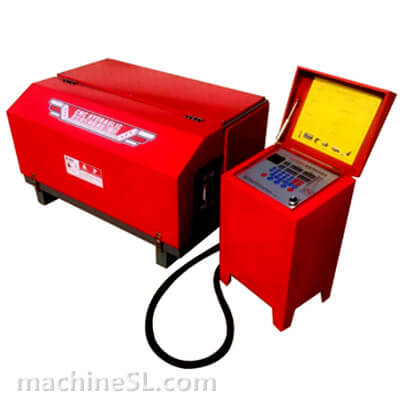
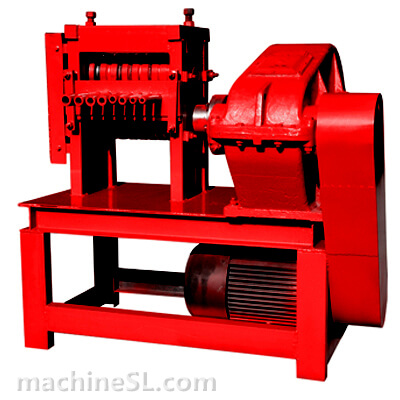
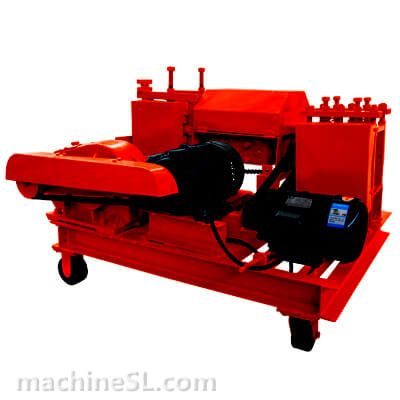
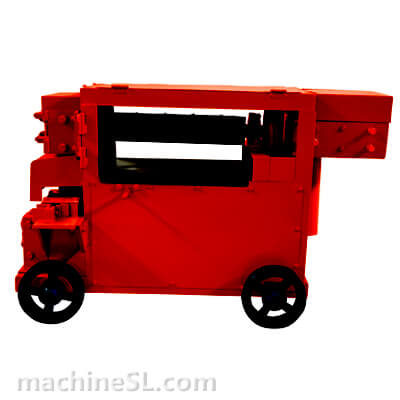
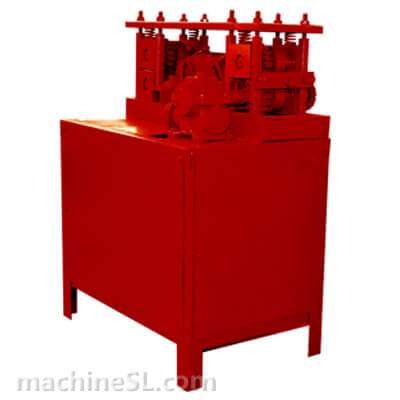
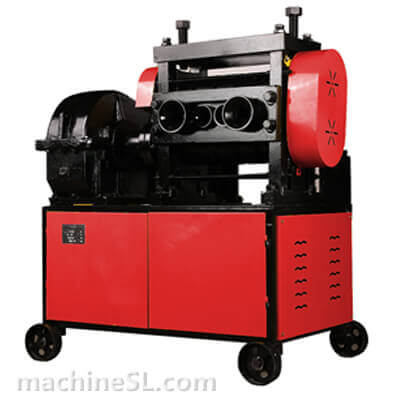
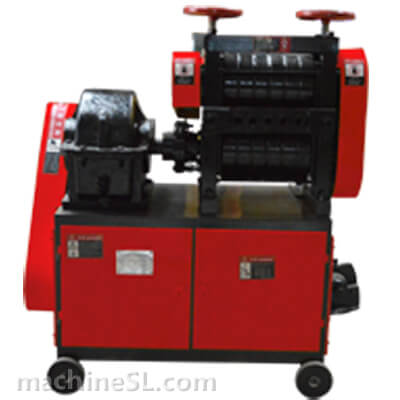
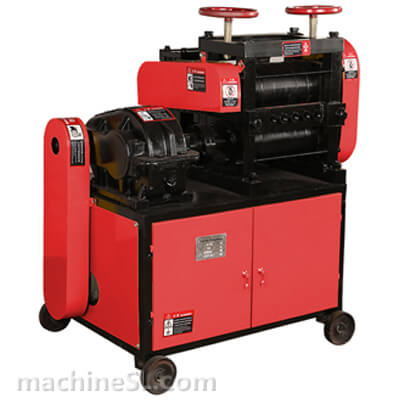
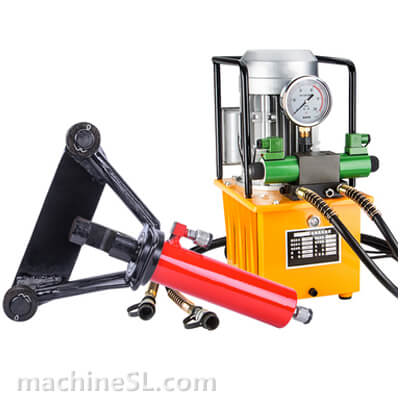
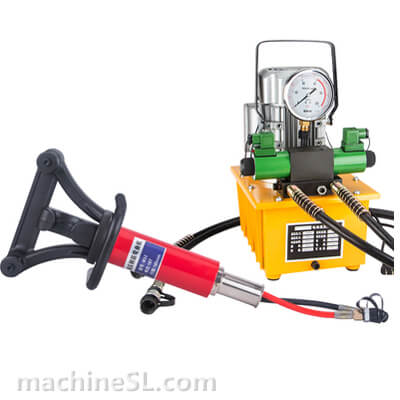
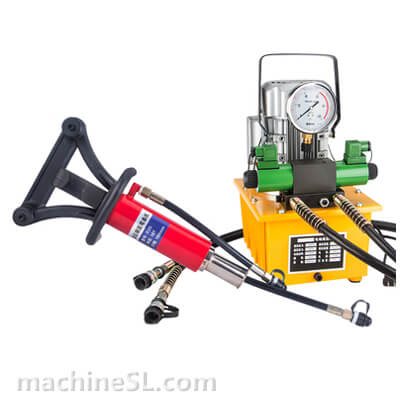
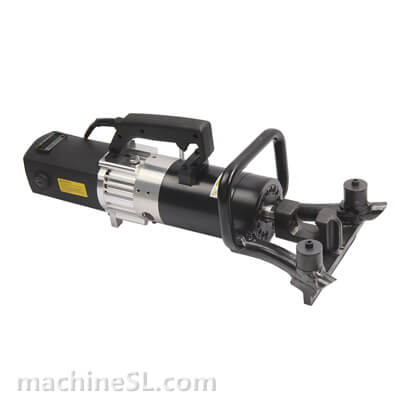
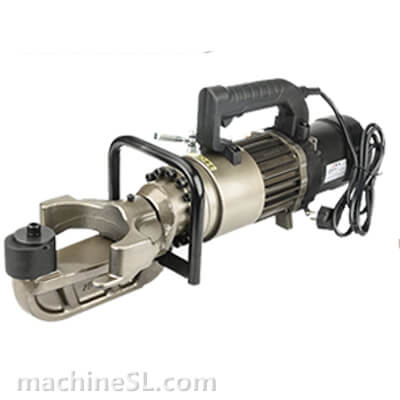
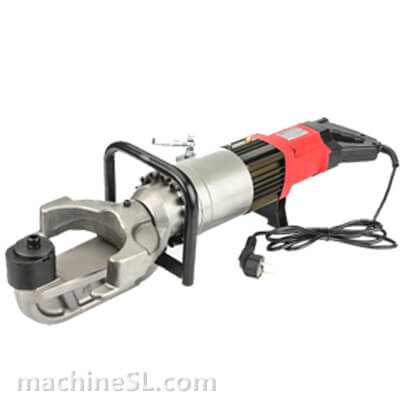
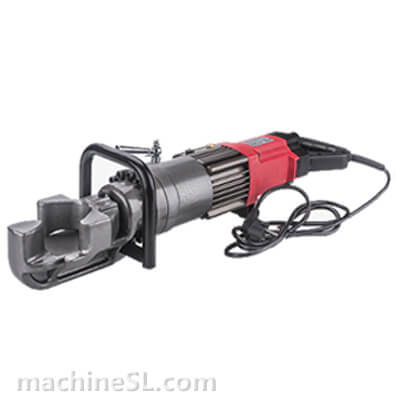
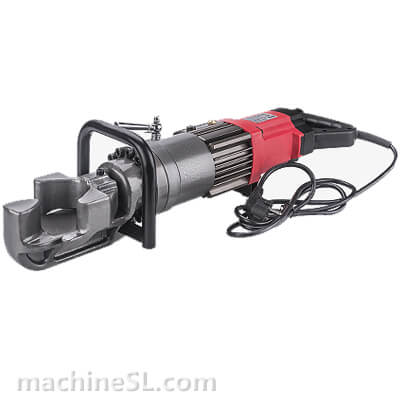
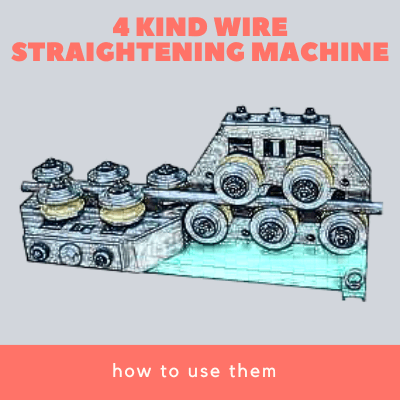
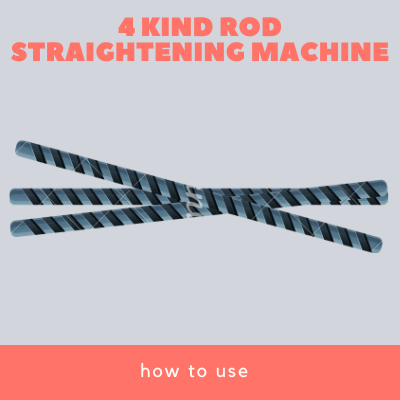
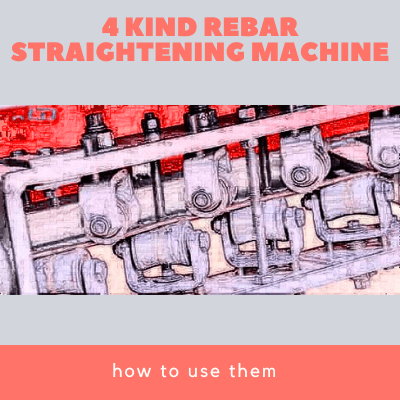
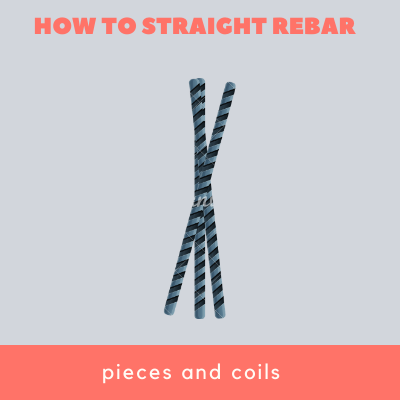
Leave A Comment